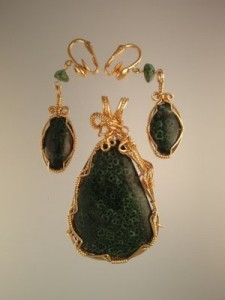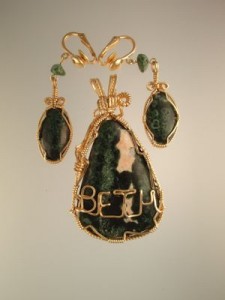Today let’s talk about some of the projects I brought back from the Upper Peninsula.
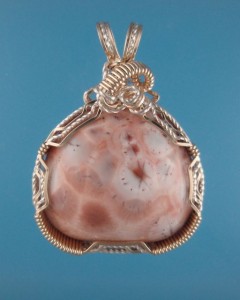
Sue's "super" Thomsonite
Sue has been a faithful customer over the years and she has brought me some amazing local stones for custom pieces in the past.
This time she brought one of the largest and most amazing Pink Thomsonites I’ve seen in a while. The cabochon was found in the Keweenaw 40 years ago, according to an I.D. tag that was on it. Thomsonites of this size and quality are very scary to work with because of the value and this one because of the size. Thomsonite sometimes just blows apart when you work with it on the grinder. Any harmonics created by the machine grinding wheels can send shockwaves into this material that sometimes just blows the stone apart.
I am always up to a challenge, but I also would hate to ruin a $500 stone. Thomsonite varies in hardness quite a bit, as well as crystal structure.
I had to re-work this stone to balance the shape and the dome. Believe me it was scary. This stone was very hard and solid (fortunately), and I was able to reform and re-cut it .
I was very happy with the way the wrap came out. As is my normal theory on wrapping I did not cover the beauty of the stone, yet I wanted the wrapping to be as elegant as the stone. I liked the way it came out; as did Sue.
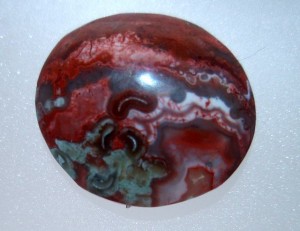
Unusual blue coloration enhances this great little agate.
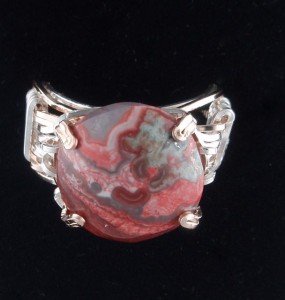
Nancy's ring.
Our friend Nancy brought several stones for me to assess. She enjoys the U.P. and rock hunting. Her daughter, Elizabeth, is also a rockhound. Several of Nancy’s stones had possibilities, and cutting when I got home produced an unusual small agate from the end of an otherwise plain stone. The stone had a strange bluish area. I have never seen this coloration in a Lake Superior Agate. It is hard to explain and lucky for you I took a picture. I made a ring for Nancy that reminds her of the U.P.
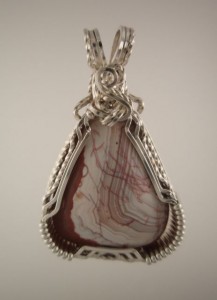
Elizabeth's wonderful pendant.
Elizabeth found a very cool ledge agate the next day and after cutting it and finding out how nice it was, I made a great little silver pendant for her. All these projects I really enjoyed. I love making my customers happy. Thanks to all of them.
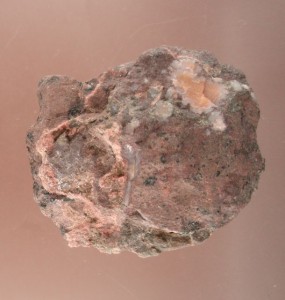
You are not going to believe what is inside this stone.
The third project was my wife Bonnie’s anniversary pendant. You have seen the amazing copper-infused Datolite Pendant, but I don’t think you saw the ordinary looking rock it came from. You never know what might be inside the crust of a rock. I think that is why I love making jewelry. I’m the first person to actually see the inside of the rocks I cut for my jewelry.
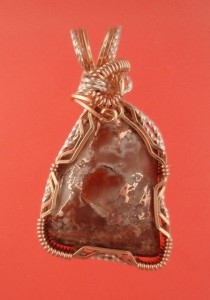
The 35th Anniversary Pendant...SHE LIKED IT!
I would be happy to do some custom work for you. I can take your stones and create something wonderful just for you! What’s your dream jewelry? Let me make it for you.








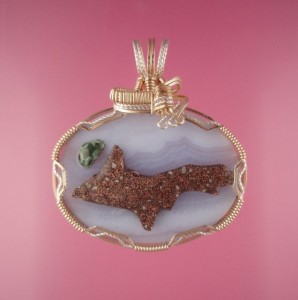
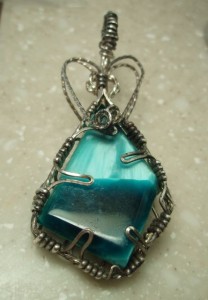
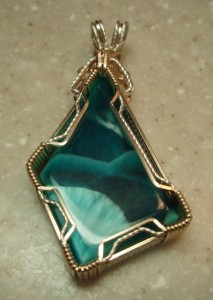
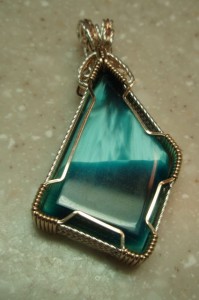
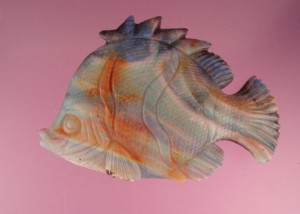
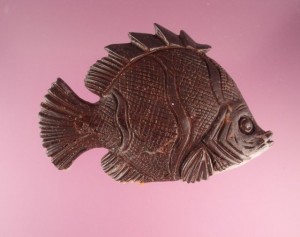
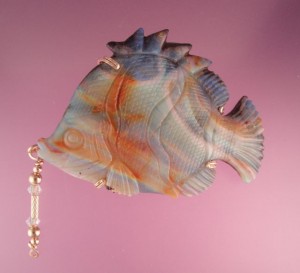
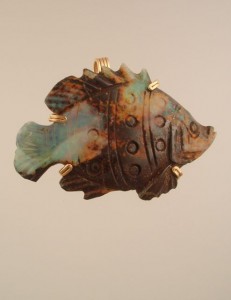
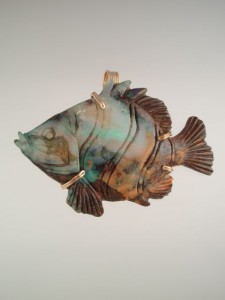
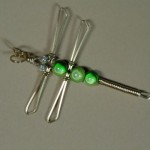 based on a design I found in one of
based on a design I found in one of 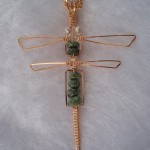 I may someday make another dragonfly similar to Jeane’s, but for now she has the only one. Thanks for the great idea Jeane!
I may someday make another dragonfly similar to Jeane’s, but for now she has the only one. Thanks for the great idea Jeane!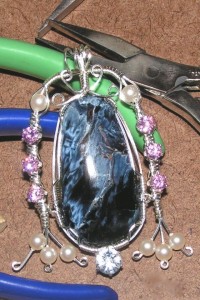
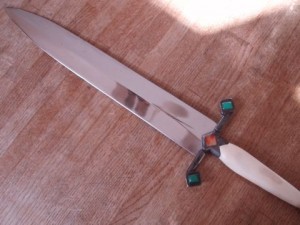
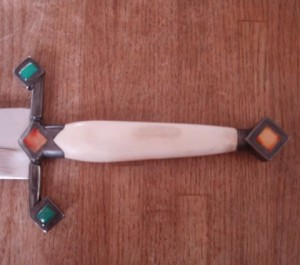 It took almost two years to complete this project as the different phases of construction were accomplished by different individuals. All in all, I am very pleased with how it all turned out.
It took almost two years to complete this project as the different phases of construction were accomplished by different individuals. All in all, I am very pleased with how it all turned out.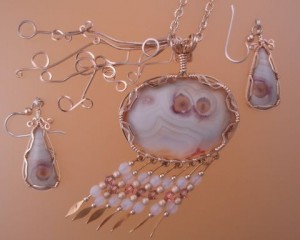
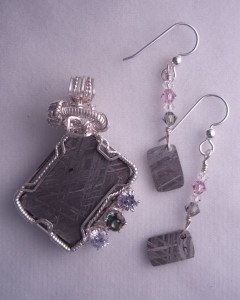 with epoxy to make them shiny and seal them against rust.
with epoxy to make them shiny and seal them against rust.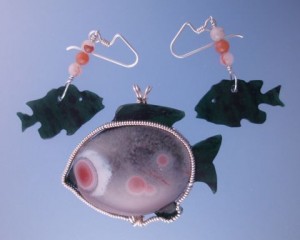
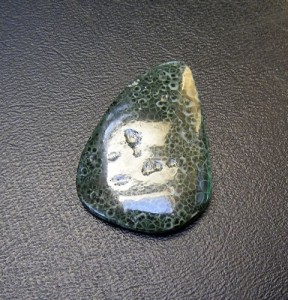 This Greenstone was larger than any I have seen anywhere, even at the
This Greenstone was larger than any I have seen anywhere, even at the 